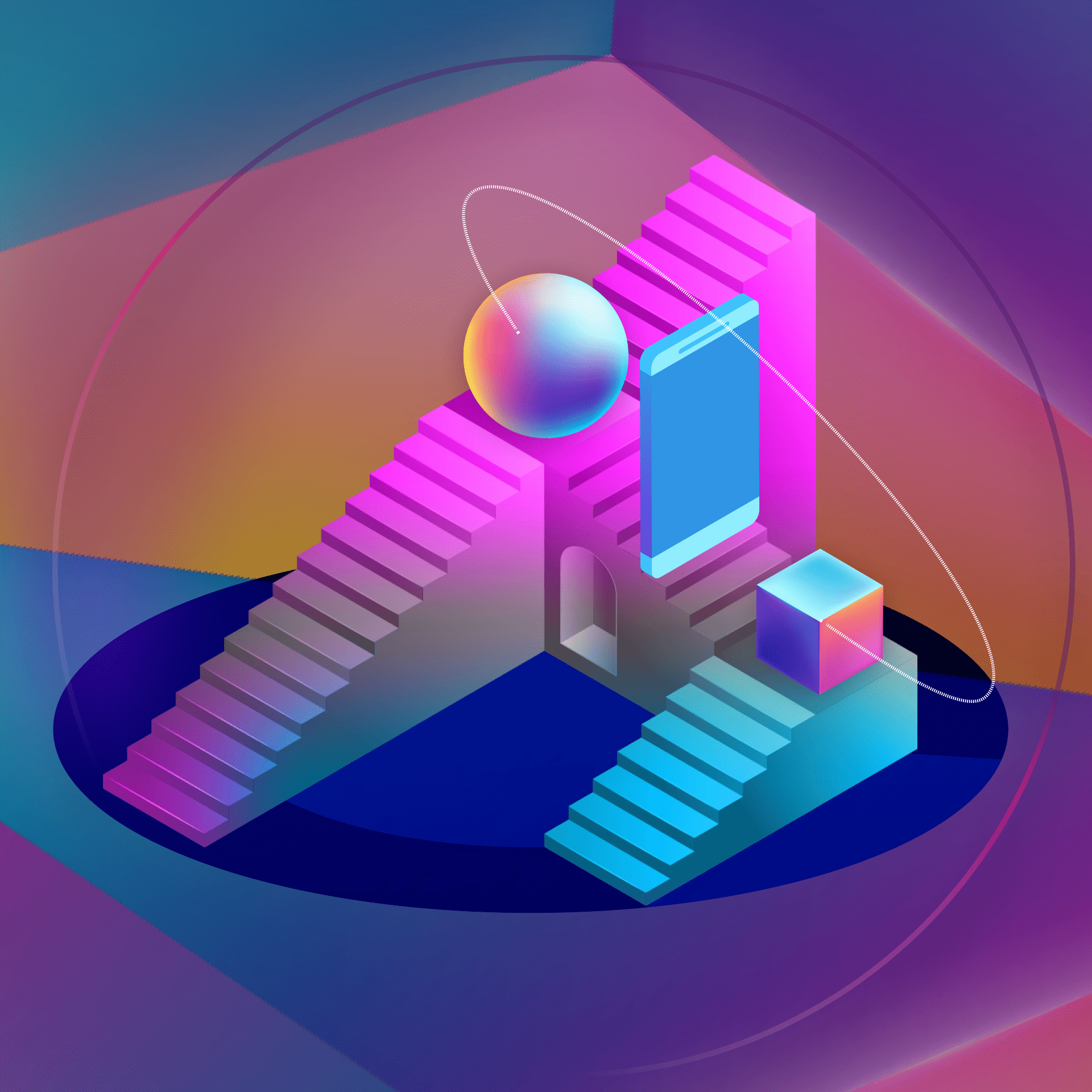Experience Design for Complex Interfaces
As digital experiences become more embedded in our vehicles, devices, and daily lives, experience design has never been more critical. But it’s in complex systems, where people rely on clarity, speed, and trust, that the real design challenge emerges. These are the moments where design isn’t just about how something looks; it’s about how well it works under pressure.
At Conjure, we’ve worked across sectors where complexity is the norm. We’ve seen how thoughtful digital design can help people navigate depth without confusion.
Complexity Isn’t the Problem… Cognitive Overload Is
A common misconception is that design should simplify the system itself. But systems, especially in automotive, industrial, or healthcare contexts, are complex by nature. The real goal is to help users make sense of that complexity.
This is where managing cognitive load becomes essential. The human brain can only process so much at once. When too many choices, alerts, or pathways appear at the same time, things quickly become overwhelming.
Take some of the more high-end electric vehicle dashboards. Tesla’s Model 3, for example, was initially criticised by some users for relying heavily on touchscreen interactions, even for frequently used functions like adjusting the windscreen wipers. Although physical controls and steering wheel shortcuts have since been introduced or improved, the early feedback highlighted how a minimalist interface can increase cognitive load if not supported by clear and accessible controls.
Great design doesn’t eliminate complexity. It guides people through it.
Designing for Edge Cases Is Designing for Everyone
Some of the most helpful improvements come from designing for unlikely situations. Edge cases are rarely the starting point, but they should be. They force clarity and reveal cracks in the experience.
Imagine the screen freezing, the car losing network connectivity, or a driver unfamiliar with the system stepping into the vehicle for the first time. In these moments, the design either supports the user or leaves them stranded.
Volvo offers a good example here. Its interface design is built on a strong hierarchy and consistency, which helps reduce the mental load in both everyday and high-stress scenarios.
Designing for the extremes makes the everyday better.
That thinking guides much of our human machine interface design, especially in environments where attention is limited and the stakes are high. It’s not about stripping things back for minimalism’s sake but creating systems that support real decision making under pressure.
Invisible Design Is Good Design… Until It Is Not
We often hear that good design should be invisible. And in many contexts, that holds true, until the user needs clarity more than subtlety.
Think of software platforms used in high-pressure settings like trading desks or healthcare systems. In these environments, subtle feedback is not enough. Users need immediate, unambiguous cues when something changes, whether that’s an interrupted data feed, a system alert, or an automated process taking over. In these moments, invisibility can lead to confusion or delay.
Bloomberg Terminal, for example, has long been praised not for its aesthetics but for its responsiveness and clarity under pressure. While it may appear overwhelming at first glance, its design prioritises critical information and quick access over visual simplicity, which is essential when users are making time-sensitive financial decisions.
On the flip side, Snapchat's early interface redesign is a well-known example of minimalism gone too far. Its navigation lacked clear indicators, leaving many users confused about how to access core features, ultimately contributing to a significant user backlash and drop in engagement.
Clear feedback, especially in high-stakes or time-sensitive situations is essential. Design should support people in the moment, not fade away when they need it most.
Cross-Functional Teams Make Better Interfaces
Designing for complexity means working with complexity too. That includes getting input from design, engineering, behavioural science, and product teams early and often.
Different teams bring different priorities, constraints, and perspectives to a problem. When these voices are heard from the outset, it leads to more balanced, informed decisions. It helps avoid late-stage compromises and ensures that both technical feasibility and user needs are kept in view throughout the process.
Good interfaces come from shared understanding. The best ones come from shared responsibility.
Conjure’s UX Design Principles
Here are five principles we return to:
Always start with the user's context, not the product roadmap. Real-world moments guide better interface decisions.
Prioritise clarity over cleverness. Simplicity helps users act with confidence.
Design for progression. Provide ease for beginners and depth for those who want to explore.
Test in real environments. Real-world pressure uncovers usability issues that labs often miss.
Make decisions collaboratively. Great design is built through shared insight, not in isolation.
Designing Experience, Not Just Interfaces
At its core, experience design is about making interactions feel effortless and meaningful. It means supporting people in the moments that matter, when clarity, confidence, and ease make all the difference.
As digital systems grow in capability, it’s tempting to keep adding more, more features, more options, more content. But just because something can be done, doesn’t mean it should. What matters most is whether the experience feels natural, considered, and genuinely helpful.
UX design is an ongoing process. It means staying curious, listening to real users, and being ready to adapt when things don’t work as intended. The best experiences come from empathy, iteration, and attention to detail.
That’s the kind of experience we aim to create, and keep learning from, every time we do.


